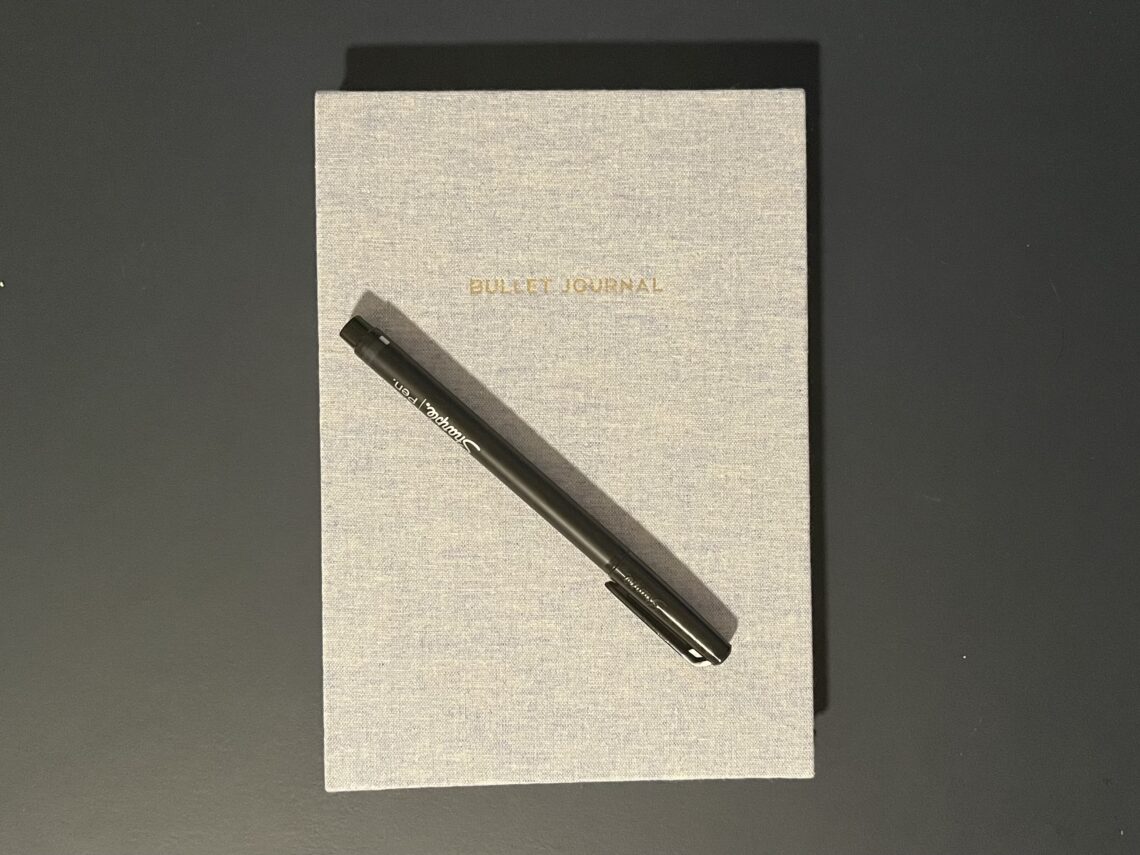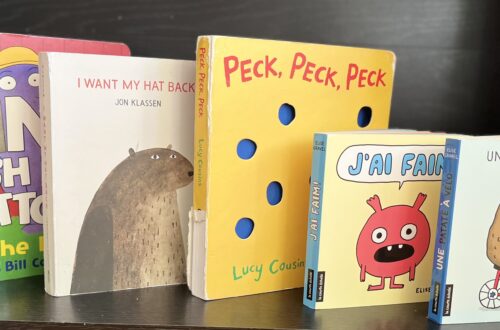I am a fairly organized person. I enjoy organizing things. What’s more, I like the sense of control I get from knowing what needs to be done and what’s going on in my life.
To an extent, this comes naturally to me. I like to keep track of what’s going on… so I do. But when I have a lot going on (and when do I not?), tracking it all in my head isn’t enough. When I feel like there’s a lot to keep track of, I’ll usually write a to-do list. Or I’ll draw out a calendar for the next couple of weeks so I can visually see what’s coming up.
And then I’ll write another to-do list, this time for the week, or the month.
And then I’ll draw a separate calendar for the next week of dinner menus.
And write another grocery list… No, two grocery lists: one on paper, and one on my phone, where I can share it with my husband.
In short, I tend to have a lot of overlapping planning documents. I like keeping an agenda in theory, but eventually, I’ll miss a week or two and then I’ll feel like I can’t get back on track, and like I’ve wasted a bunch of pages.
Several years ago, I learned about bullet journaling. At first, I found the idea intimidating, because my initial introduction to it was beautiful photos of gorgeously colourful and complex templates. Over time, I learned to let go of the idea of a beautiful pre-planned spread, and embrace the built-in forgiveness you get with a bullet journal. I learned to appreciate the way I can pick my journal back up at any time and not waste pages. I’m not consistent about keeping a bullet journal, so this is especially important to me.
You can read more about the basic method at the Bullet Journal website. But if you know how it works and you’re just not sure it’s for you, here are my top five reasons you might consider trying bullet journaling for yourself:
#1: It’s flexible
I’ve already covered this to an extent, but if I had to pick one thing I love most about bullet journaling, it’s how flexible it is. One week, I can have a to-do list and a day-by-day record of what gets done; another week, I can add meal planning; and between weeks, I can make lists or write about anything I want. It is whatever I need it to be, which I can’t say for any other type of organization system I’ve tried.
#2: It keeps everything in one place
That is, it keeps whatever I wish to keep in it, in one place. If I want to plan menus on separate paper or on my phone, I can (and I do!). And I can change my mind any time (see #1, above), and add or remove things to my bullet journal system at any given time.
#3: It’s organized … in whatever way makes sense to you
This may sound obvious, but our brains don’t all work in the same way. That’s why it’s easy to spend tens of minutes poring over journal and agenda options in a store and not quite finding one that meets all your needs. I want a journal to be aesthetically pleasing enough that I want to use it, but not so beautiful that I’m afraid to ‘ruin’ it with my terrible handwriting and scatterbrained ideas. Bullet journals are just blank notebooks with a dotted grid. They’re waiting for anything you choose to put in them. I find that inviting, and although it can be intimidating to start because there are infinite options on how to use it, this comes back to #1 again. Flexibility means the journal is whatever you need it to be, and you can use it to keep organized in whatever way works for you.
#4: It’s satisfying
At its heart, bullet journaling is making bulleted lists of things to do, and either crossing them off when done or carrying them forward if not done. Like any to-do list, part of the point is getting organized but the other part is how satisfying it is to cross or check an item off the list when it’s done. This is also why I like to have multiple lists, since too many items on a single list can paralyze me and make it hard to start. A bullet journal allows me to make as many types of lists as I need, keep them in one place, and still be motivated enough to get to the ‘crossing things off’ phase.
#5: It’s tangible
You can find software to help you use the concepts of bullet journaling digitally, but for me, having a physical notebook is much more effective. I am very visual, and I’m much more likely to remember what was on a list if I can picture the physical list. I think there is also something to the act of taking pen to paper that helps me remember what I’ve written down, and helps me to feel committed to what I’ve written. It’s more personal, more memorable, and more definite to me than typing something up or setting a reminder on my phone.
To sum up, a bullet journal doesn’t have to replace other forms of planning. I’m a serial organizer. I have to-do lists, menu plans, a wall calendar, phone reminders… but when I’m actively using a bullet journal, I feel like I can take on the world, one bullet at a time.
Have you tried bullet journaling? What do you like or not like about it?



